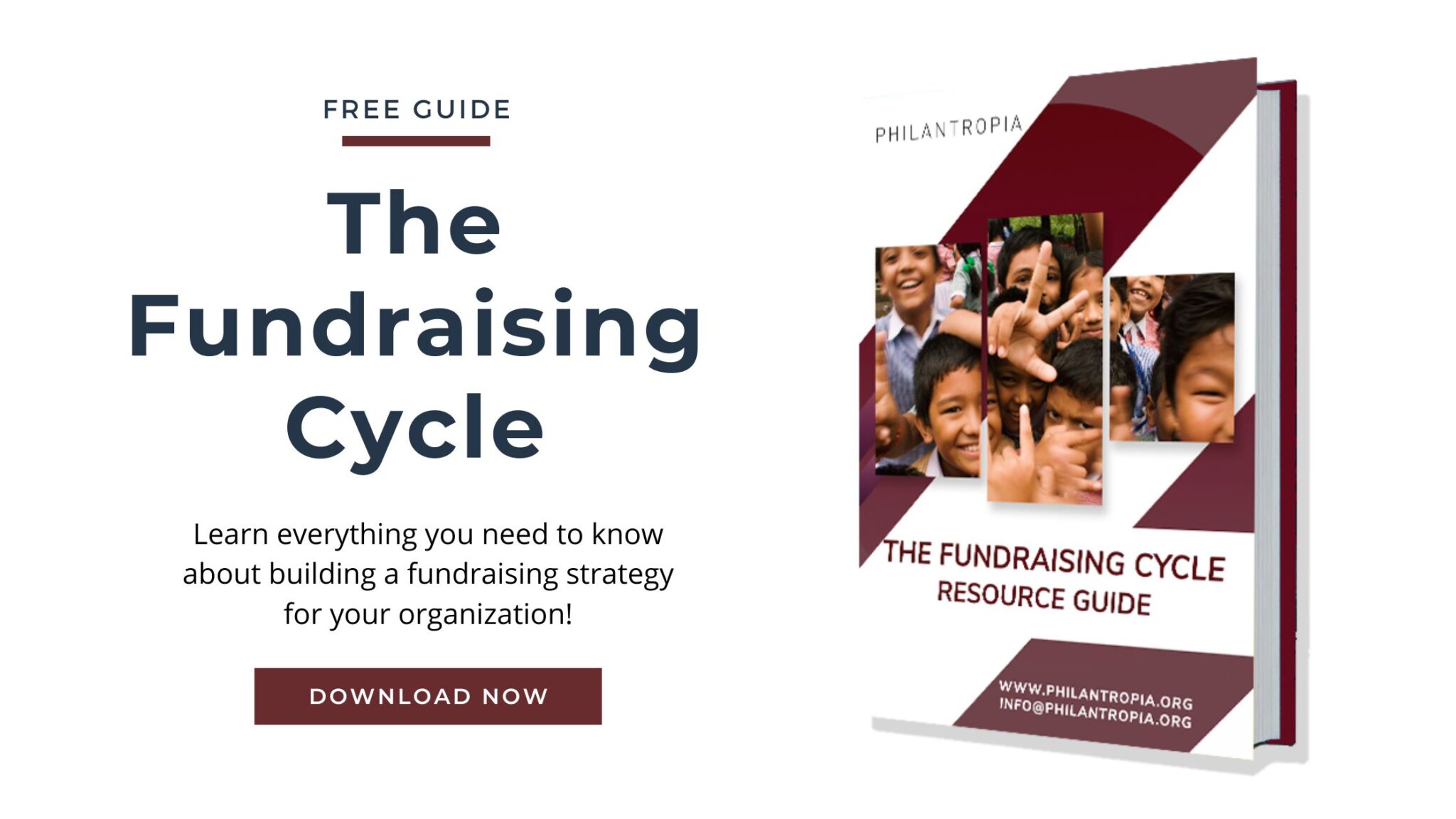Everyone wants their proposals to be successful and win grants. Unfortunately, rejection and failure are often much more common for NGOs – even for large INGOs. So how likely are you to be successful? Here are 7 factors that can affect the success rate of a proposal:
Meeting donor requirements
Almost all donors have a specific goal they want to achieve with their grants and a process with which to achieve it. Understanding what the donor wants is incredibly important in writing a successful proposal.
Quality of the project
Proposals which clearly explain a project and prove that the idea is effective and obtainable will interest donors.
Reputation of the applying organization
An organization with a stellar reputation, lots of experience, a history of many successful programs, experienced and connected staff, great branding, etc. will have a higher success rate than a new NGO with no track record.
Contact with donor
Solicited applications have a higher success rate than unsolicited ones. Networking or having some contact with donors can build trust and provide useful information which increases the success rate. Similarly, it is always easier to receive additional funding from a past donor than to receive new funding from a new donor.
Size of the donor
Huge global donors like Ford Foundation or the European Commission receive thousands of unsolicited applications and thus have a very low success rate despite their large resources. Smaller donors may have limited capacity, but also often receive fewer proposals.
Scale of opportunity
Calls for proposals that are very broad or open to NGOs from all over the world receive huge numbers of applicants. However, targeted calls for proposals that are only interested in a very specific project in a certain area tend to have fewer applicants and thus higher chances of success.
Quality of proposal
A good proposal is important, but even the best proposals will not get funded if some of the above factors are not also met.
Many donors report very low success rates – sometimes less than 1% of unsolicited applications. However, there are many ways in which a proposal can distinguish itself from the rest and drastically increase its chances of success. Take some time to research the funding opportunity and decide if it is worth applying to for your project.





Thank you